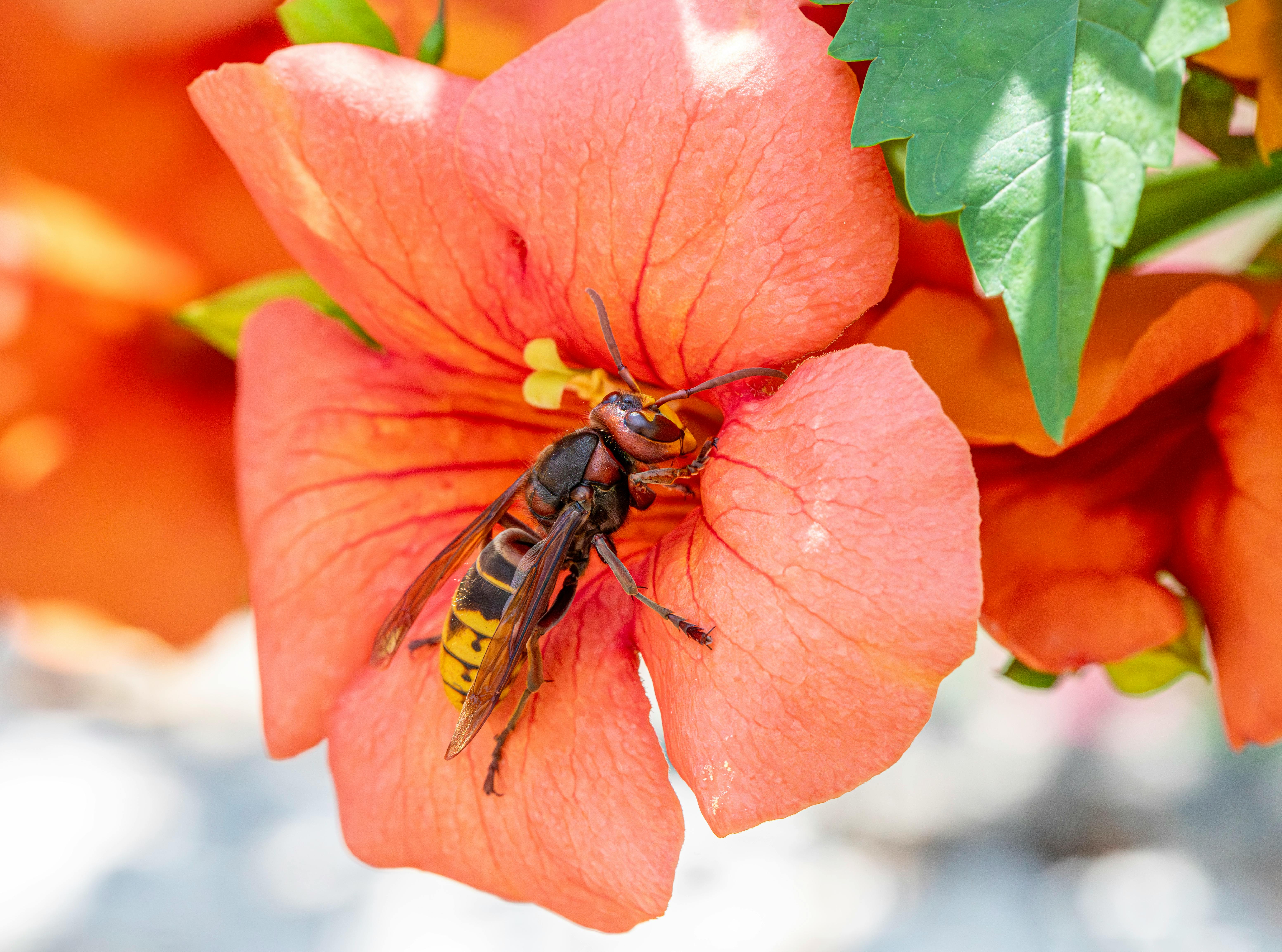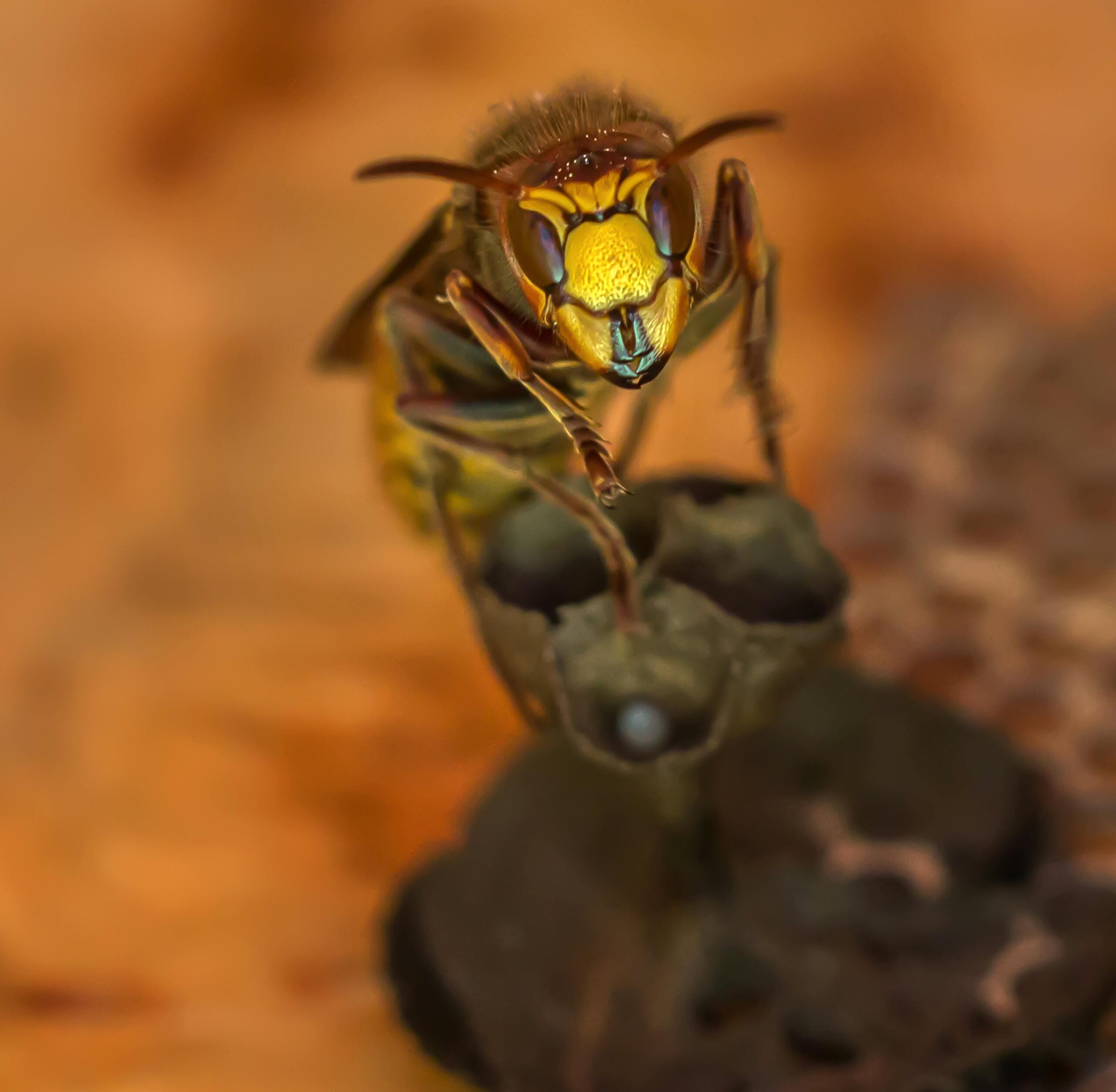Hornissennest: Understanding the Fascinating World of Hornets
The hornissennest, or hornet’s nest, is a remarkable structure that showcases the intricate behaviors and social dynamics of hornets. Understanding these nests can provide insights into the lives of these insects and how they impact our ecosystems. In this article, we will delve into the nature of hornissennest, their construction methods, and the implications of interacting with them. Along the way, we will also present practical tips for safely observing or managing hornet populations near your home.
The Architecture of a Hornissennest
One of the most fascinating aspects of hornets is their ability to build intricate nests, known as hornissennest. These nests are typically constructed from paper-like material made from chewed wood fibers, which the hornets create by mixing wood with their saliva. The resulting structure can vary in size and shape but often resembles a large football or a teardrop. These nests serve as shelters for the entire colony, providing a safe space for the queen, workers, and larvae.

Types of Hornet Nests
Hornets create different types of nests, largely influenced by the species and their environment. The most common examples include aerial nests, which hang from branches or eaves, and underground nests, built in abandoned burrows. Aerial nests are often more visible and can be quite large, while underground nests are less conspicuous but can be equally populous. The choice of nesting location is crucial, as it affects the colony’s safety from predators and environmental conditions.
How Hornets Construct Their Nests
The process of nest construction begins with the queen hornet finding a suitable location. Once the site is selected, she starts creating the initial layers of paper-like material. As the nest grows, worker hornets take over the construction, adding more layers and expanding the structure. The entire colony can work together in a highly coordinated manner, resulting in these remarkable hornissennest. Observation of this behavior showcases the efficiency of hornet societies and their commitment to survival and reproduction.
Importance of Hornissennest to Ecosystems
Hornissennest plays a crucial role in the ecosystem. Hornets act as both pollinators and pest controllers, feeding on other insects that might damage crops or gardens. Their presence can help maintain a balanced ecosystem by keeping other insect populations in check. However, it’s essential to recognize that while they are beneficial, hornets can also be a nuisance, particularly when their nests are located near human habitats. Residents should exercise caution and respect their natural role in nature.
Managing Hornet Populations
If you find yourself living near a hornissennest, it’s essential to approach the situation with care. While hornets typically do not aggressively defend their nests unless provoked, interactions can lead to painful stings. Here are some practical tips for managing hornet populations effectively and safely.
Observing Hornets Safely
Before taking any action, it’s advisable to observe the hornet activity from a safe distance. Use tools like binoculars to watch their behavior without getting too close. This can provide insights into their nesting habits and daily routines, helping you understand their presence in your environment. Observing at dawn or dusk is often best, as hornets are less aggressive during these times.
When to Call for Professional Help
In cases where a hornissennest becomes a significant threat, it may be best to consult with pest control professionals. They can safely remove the nest without endangering you or the hornets. It’s important to avoid handling the situation on your own unless you are trained to do so. Always wear protective clothing if you intend to approach the nest and use specialized equipment to minimize the risk of stings.
Natural Ways to Deter Hornets
If you prefer to manage hornets without killing them, consider natural deterrents. Decoys that mimic hornet nests can effectively discourage new colonies from settling close to your home. Additionally, removing food sources, such as open garbage and fruit trees, can significantly reduce hornet attraction to your area. By creating a less inviting environment, you can coexist peacefully with these fascinating insects.
FAQs About Hornissennest
1. What is a hornissennest made of?
A hornissennest is primarily made of papery material that hornets create by chewing wood fibers mixed with their saliva. This unique construction method allows them to build strong, weather-resistant nests that can house large colonies.
2. Are hornets dangerous?
While hornets can be aggressive if their nest is threatened, they typically do not sting unless provoked. Stings can be painful and may cause allergic reactions in sensitive individuals, so caution is advisable when near a hornissennest.
3. How can I safely remove a hornet’s nest?
It is recommended to hire professionals to safely remove a hornet’s nest, especially if it is large or located in a hard-to-reach area. Attempting to remove it without proper knowledge and equipment can result in painful stings and potentially dangerous situations.
4. What are the benefits of having hornets nearby?
Hornets play a critical role in pest control by preying on many harmful insects. They also contribute to pollination, supporting local flora and maintaining ecological balance, which can be beneficial for gardens and landscapes.
5. Can hornets build nests in my home?
Yes, hornets can build nests in sheltered areas around your home, such as attics, under eaves, or in trees nearby. Keeping these areas clean and well-maintained can help deter nesting.
6. What is the best time to observe hornets?
The best time to observe hornets is during the early morning or late evening when they are less active and less aggressive. This is the time when they are typically returning to the nest or preparing to rest.
7. How long do hornets live?
The lifespan of hornets varies by species, but worker hornets typically live for several weeks, while queens can live for up to a year. The cycle of a hornet colony depends significantly on the seasonal changes.
Key Takeaways
- Hornissennest serves as a fascinating example of hornets’ complex social structures and architectural skills.
- Understanding how to coexist with hornets involves safety precautions and natural deterrent methods.
- Professional help is recommended for any major hornet infestations to ensure safe removal.
In conclusion, the hornissennest is more than just an insect habitat; it represents the amazing capabilities of hornets as builders and their essential roles in the ecosystem. By learning about these amazing creatures, we can better understand how to live in harmony with them while respecting their natural behaviors and contribution to our environment.
For further information about hornets and safe management practices, do not hesitate to seek more resources or consult experts in pest control. Your awareness and action can make a significant difference in how we coexist with these remarkable insects.
